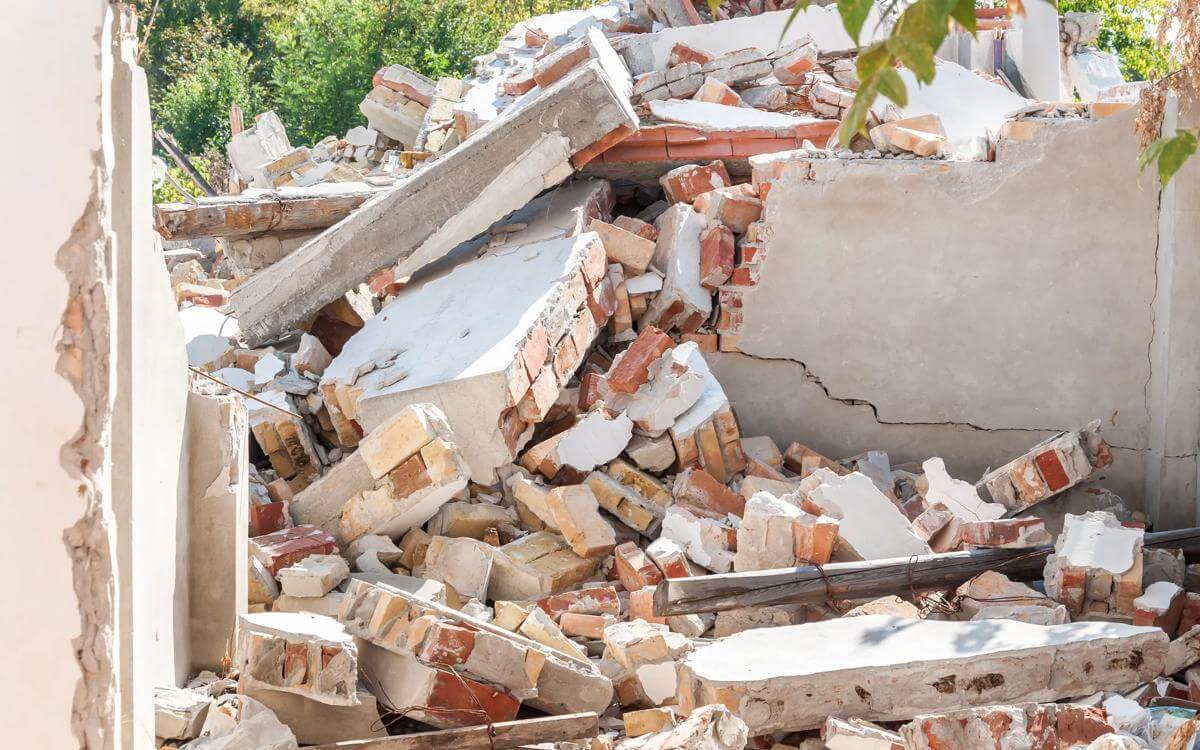In Insurance Australia Limited t/as CGU Insurance v Capral Limited FCAFC 46, the Federal Court addressed the meaning of "property damage" where defective products are incorporated into larger tangible property.
Capral supplied sub-standard aluminium plate to customers who used it in vessel construction. After the defect was discovered, customers removed the plate and claimed compensation.
The two-step test
Property damage was defined in the policy wording as:
"physical injury or damage to or physical loss of or destruction of tangible property including loss of use at any time resulting therefrom".
The Court held that "physical injury to tangible property" requires:
- a physical alteration of the tangible property; and
- that physical alteration must impair the usefulness or value of the tangible property.
The ordinary meaning of "damage to" is a physical alteration or change, not necessarily permanent or irreparable, which impairs the value or usefulness of the thing said to have been damaged.
The Court upheld that the claims were for property damage. Where a defective product is physically incorporated into larger property causing physical alteration and impairment, there is property damage at the moment of incorporation. The distinction turns on whether the defective product has been incorporated into other property causing physical alteration and impairment.
Key principles
Timing
Damage occurred upon the welding of each plate into the hulls, with the welding resulting in a physical alteration to the property. Damage occurs at incorporation, not when the defect is discovered.
Physical alteration plus impairment
On no practical commercial view could incomplete vessels be "improved" by the affixing of a non-compliant product, with the necessary consequence being the need to embark upon expensive and time-consuming rectification work to the property which had been progressively damaged.
Defective product vs property damage
The supply of a defective product is not property damage in and of itself - it is only once the defective product is physically incorporated into larger tangible property that the possibility of property damage arises.
Not a performance bond
Compensation for property damage is not equivalent to compensation for a breach of contract. Whilst contractual damages will put the insured in the position it would have been in if the product conformed, compensation for property damage will merely put the party in the position it would have been in if the product was never incorporated.
Practical implications for insurers (note this this an Australian case)
- The claim was framed as property damage to the larger property.
- For property damage to occur, there is a requirement for a physical alteration that impairs usefulness or value.
- Damage occurred at incorporation of the defective product, not discovery.
- The policy covered property damage, not replacement of defective products.
Contents
- Insurance Insights: The Word, October 2025
- Resurfacing risks: The re-emergence of non-compliant child car seats
- AI adoption without safeguards: A growing risk for insurers
- Physical property damage from cyber incidents: Implications for insurers
- Insurance Act 2015 and American Hull Clauses: Lessons from Delos Shipholding v Allianz
- Mazur v Charles Russell Speechlys: Implications for solicitors' professional indemnity insurers
- When does time start running? The limitation quirk in insurance coverage claims
- Microplastic risk threat worse than previously thought: Implications for insurers
- “New low” for ransomware cybercriminals an opportunity for cyber insurers?

Tim Johnson
Partner
tim.johnson@brownejacobson.com
+44 (0)115 976 6557










































